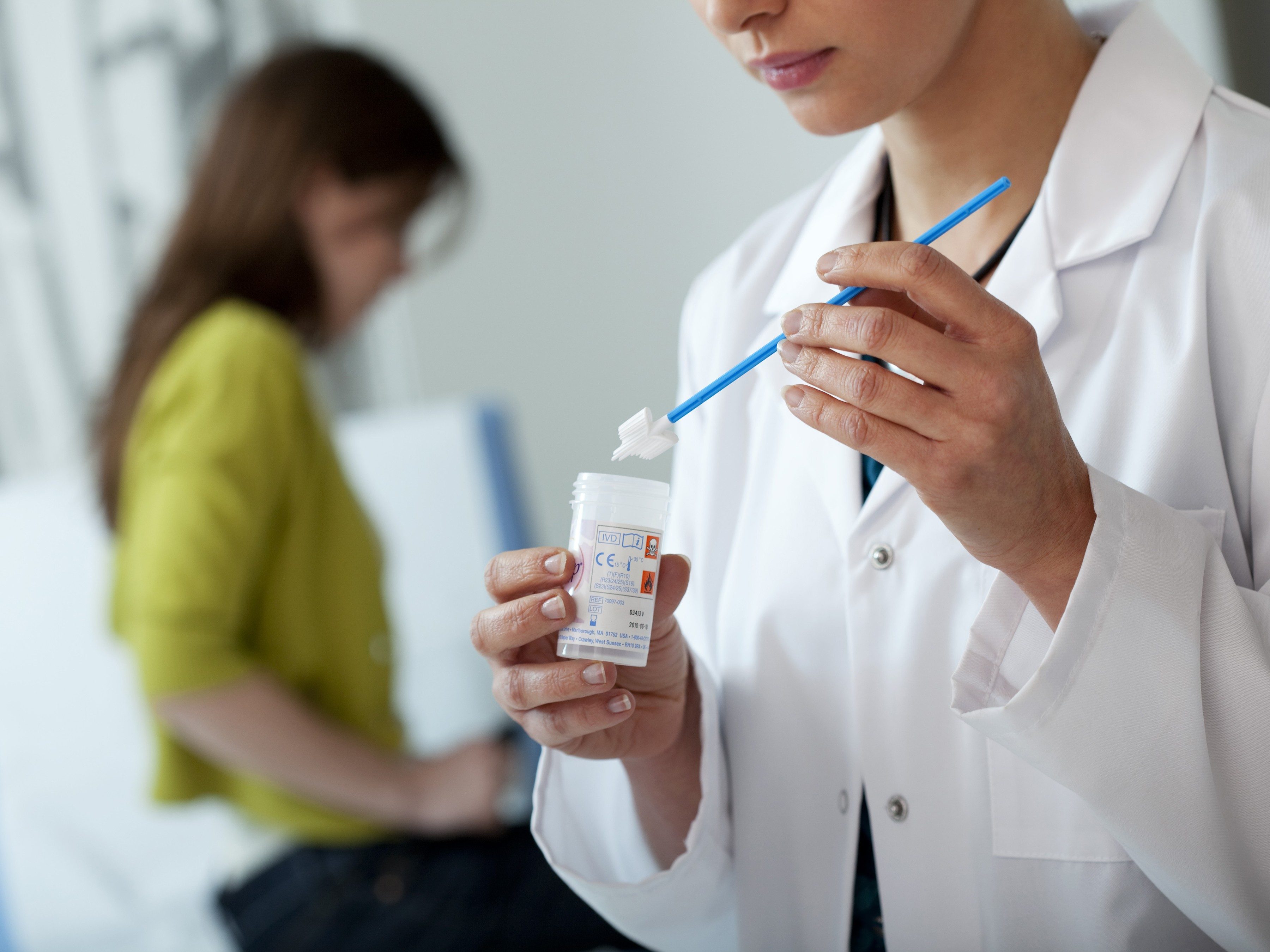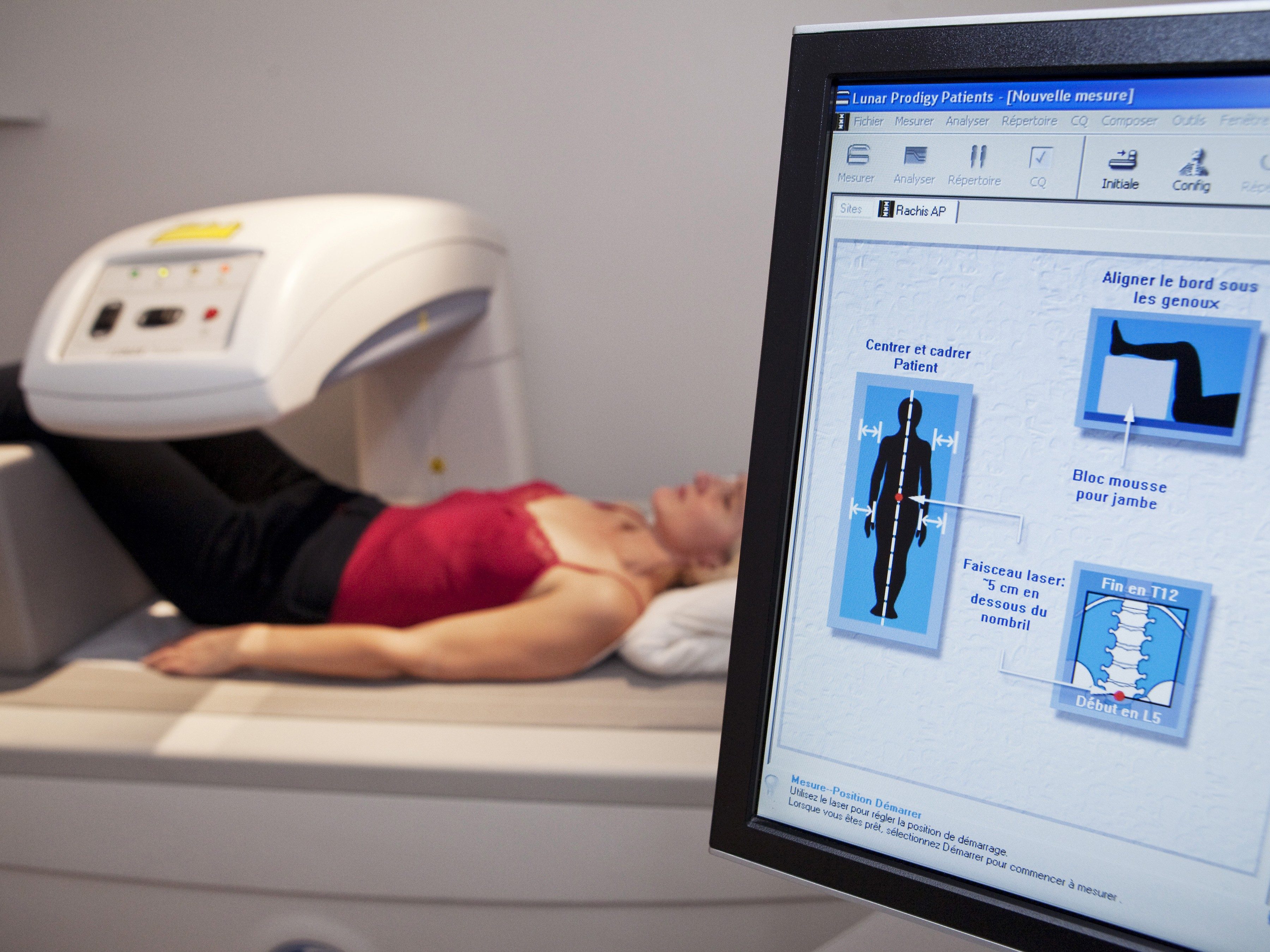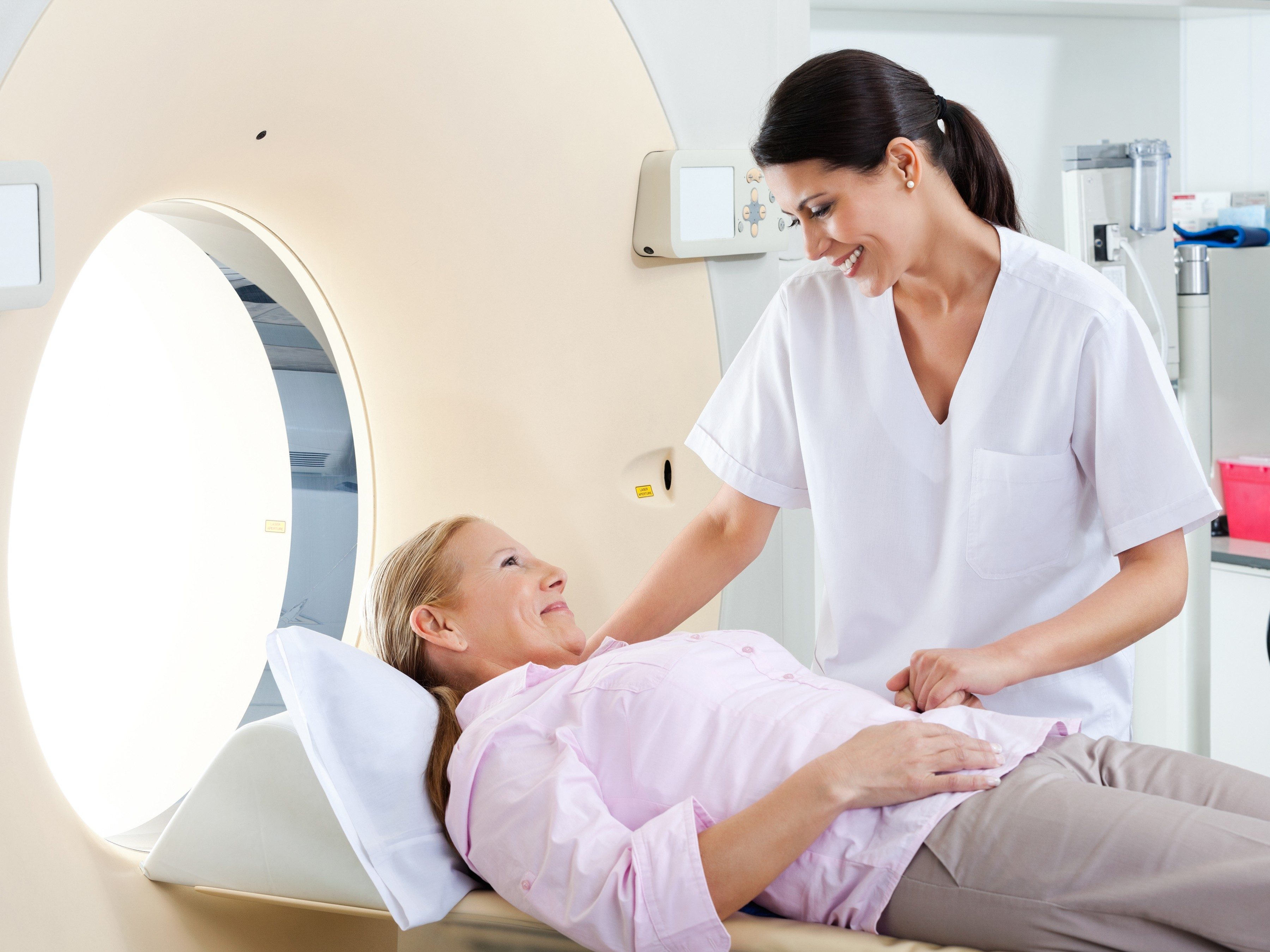
MEDICAL PROCEDURES WORTH QUESTIONING
In medicine, more doesn’t always mean better. Not only do unnecessary interventions cost the system money, but they can pose health risks, as well. In April, the Canadian Medical Association launched a campaign called Choosing Wisely Canada to educate health providers and the public about procedures that are often over-prescribed or over-performed. Here are five of the most common tests patients should think twice about receiving.

CTs or MRIs for Headaches
Computed tomography (CT) scans use radiation, and this radiation exposure increases one’s risk of cancer. (Though it’s estimated only one in 1,400 CT scans leads to cancer, the risk increases the more of them one has.) While magnetic resonance imaging (MRI) scans don’t use radiation, patients with recurring headaches often first get CTs because they’re easier to obtain. For both types of scans, unusual findings, which may be normal variations in density in the brain, can appear to a radiologist as an abnormality, leading to further testing and concern, with ultimately insignificant results. In a study of 623 Ontarians who went for CT scans for a headache, just over two per cent revealed abnormal findings that could be causing the headaches, and only one person was diagnosed with a malignant tumour. “Meanwhile, the patient is worried and waiting,” says Winnipeg radiologist Dr. Martin Reed. Scans should be done only when headaches feel unusually severe or are accompanied by other symptoms, such as slurred speech or poor coordination.

Antibiotics for Colds
Patients suffering from cold viruses may pressure their doctors for antibiotics. But the drugs don’t help, according to Dr. Lisa Bonang, a family doctor in Musquodoboit Harbour, N.S., and chair of the Canadian Medical Association Forum on General and Family Practice Issues. “Colds are viral,” she says. Antibiotics won’t do anything for viruses, and in some cases the medicine can actually allow more resilient, bad bacteria to take over, leading to a C. difficile bowel infection.

Pap Smears (If You’re Under 21 or Over 69)
Yearly pap smears were once recommended to sexually active teens, but research now shows that cervical abnormalities in young women clear
on their own. Women screened twice under the age of 25 have a one-in-three chance of receiving an abnormal result. For these reasons, pap smears should only be recommended for ages 21 or above. And women age 70 or older who have had three normal tests in a row are no longer at risk of cervical cancer.

Bone Density Tests
While bone density tests are recommended for women age 65 and over and men 70 and up, they’re often unnecessarily performed on younger patients concerned about osteoporosis. Unless you meet certain risk factors, such as smoking, or have broken a bone in a minor injury, these tests are a waste of your time. Your doctor will know if you meet the criteria for increased chances of osteoporosis, so seek out bone density tests only if your doctor recommends it.

MRIs for Low-Back Pain
As part of the normal aging process, at least 20 per cent of Canadians over 30 will have disc degeneration that shows up on their spine in a scan. Because it’s often impossible to tell which findings are simply part of aging, MRIs on the lower back can lead to more tests, including surgery, to conclude that a patient is just getting older. An MRI may be needed, however, if someone has unexplained symptoms as well as the pain, like a history of cancer, weight loss, loss of leg muscle or losing control of their bladder.